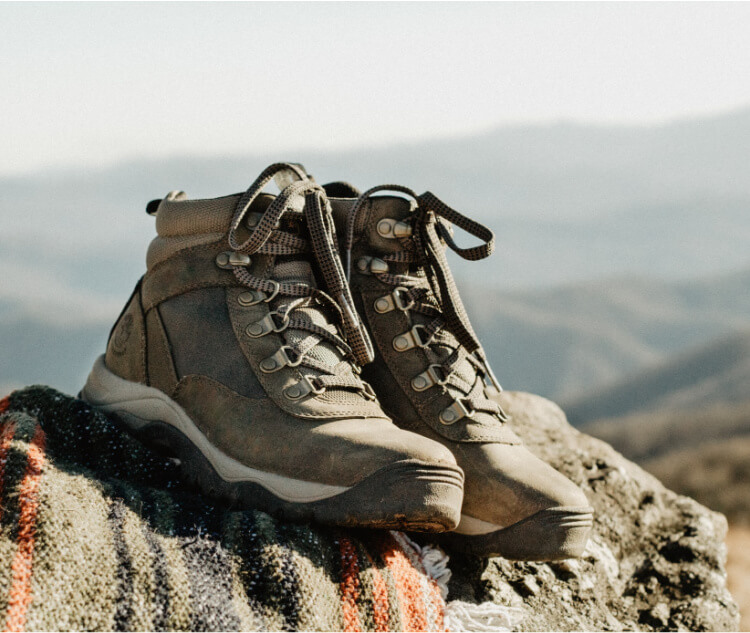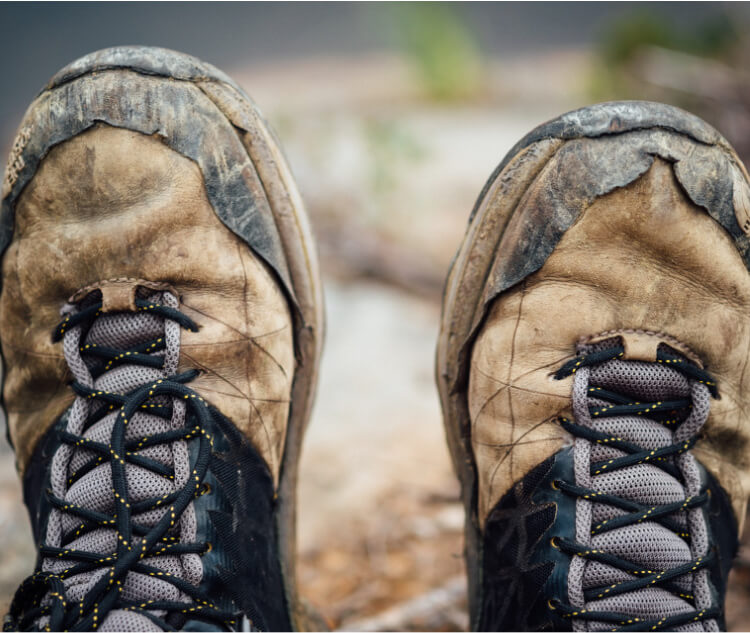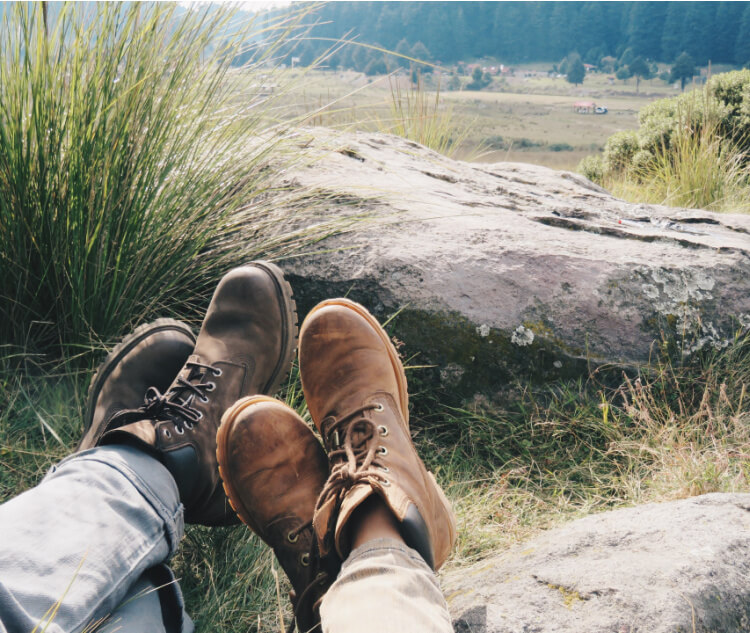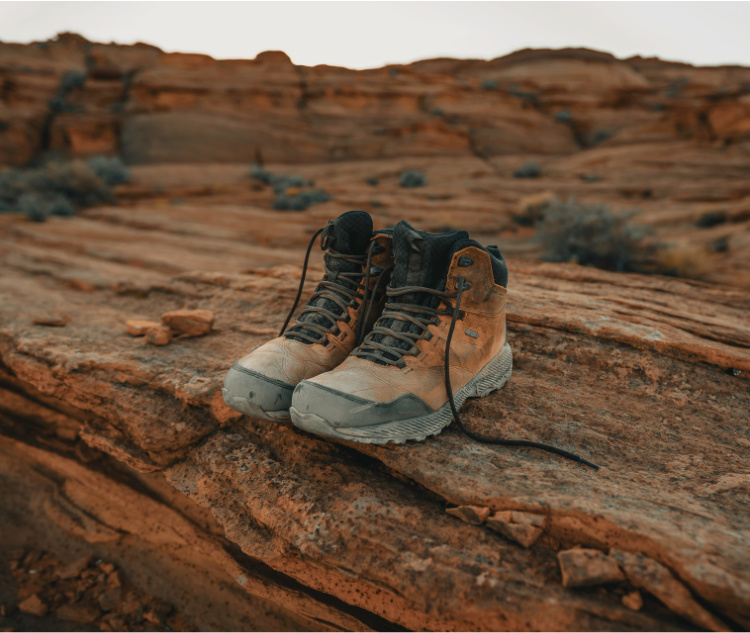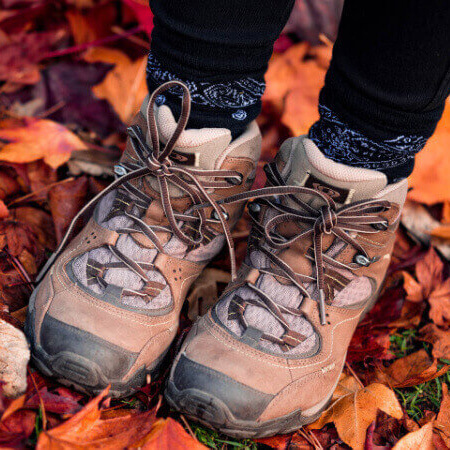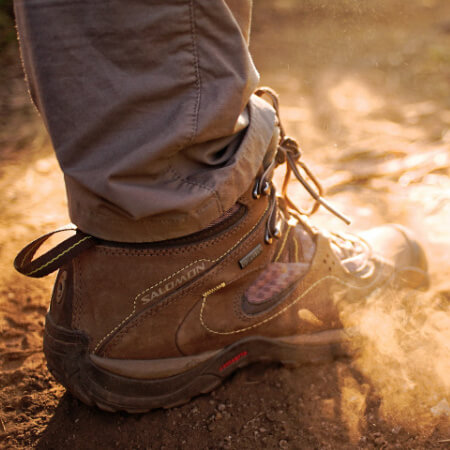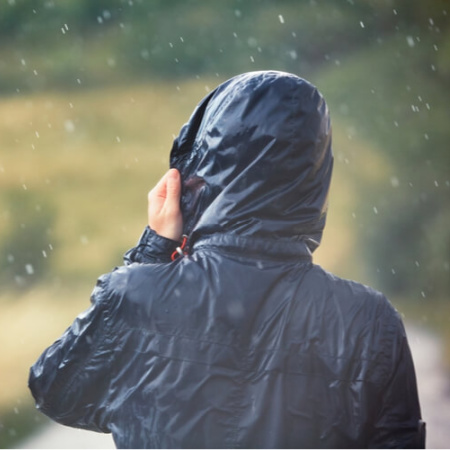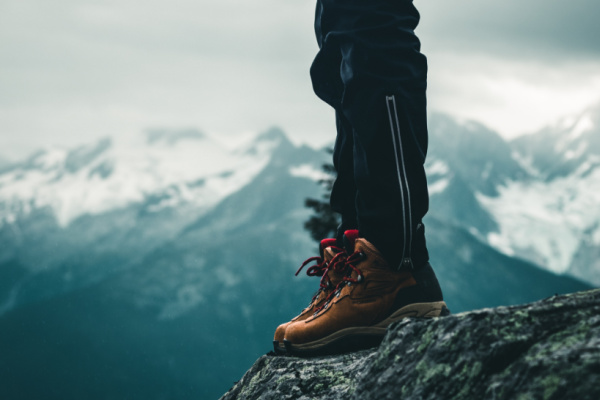
5% Off your first order *
Sign up below and we’ll email you your discount code, which you’ll need to use at the checkout.
- Exclusive discounts & latest offers
- Handy buying guides & expert advise
* Offer exclusions apply. Cannot be used in conjunction with any other offer.
Read here about our privacy policy.


